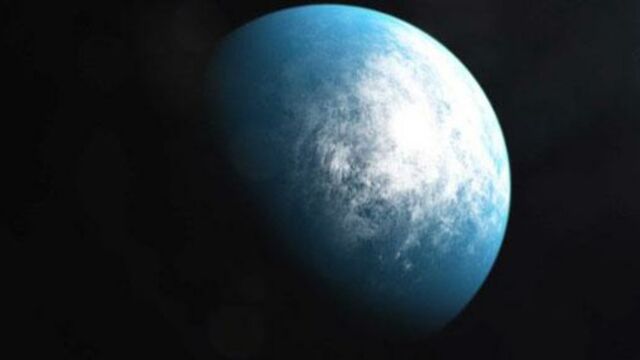This is a major discovery. The Transiting Exoplanet Survey Satellite (TESS) has made the discovery of a new planet with very interesting characteristics possible.
Discover our latest podcast
An outstanding discovery
Launched in 2018, this is the first time the TESS has found a planet. This satellite observes part of the sky to detect if objects, such as planets, for example, pass in front of a star, causing a temporary decrease in brightness, and thus providing information about this 'object.'
These three planets, which are very close to one another, could almost never have been discovered. Indeed, they were almost missed by the TESS, but fortunately, astronomers discovered an initial misclassification error, which allowed the situation to be rectified, and for this discovery to be made. A happy stroke of luck, especially since this exoplanet is 'only' 100 light-years from Earth.
"Discovering TOI 700 d is a key science finding for TESS. Confirming the planet's size and habitable zone status with Spitzer is another win for Spitzer as it approaches the end of science operations this January" – Paul Hertz, astrophysics division director at @NASApic.twitter.com/XWeLMozsv7
— NASA Exoplanets (@NASAExoplanets) January 7, 2020
Points in common with the Earth
Of these three planets, named YOU 700 b, c, and d, only the last one is located in a 'habitable zone.' It's almost the size of the Earth, about 20% bigger. It circles its star in 37 days and receives 86% of the energy supplied by the Sun to the Earth.
📣Discovery Alert!📣
— NASA Exoplanets (@NASAExoplanets) January 7, 2020
Meet three new exoplanets discovered by @NASA_TESS. One of the planets, TOI 700 d, is an Earth-sized🌍 world in its star's habitable zone (where liquid water💧 *could* exist on the surface).
👋TOI 700 b, c & d! We see you.https://t.co/92PlSDNnVQpic.twitter.com/DCI5ySj7OY
These common points allow us to imagine the possibility that this planet is habitable, or perhaps even inhabited. But there are still many unknown factors, starting with the composition of YOU 700 d. But also with the composition of its atmosphere, the surface temperature...
Researchers are running more and more simulations to explore all the options. The planet will soon be observed by other astronomers with different instruments, which may validate one of NASA's theories.















